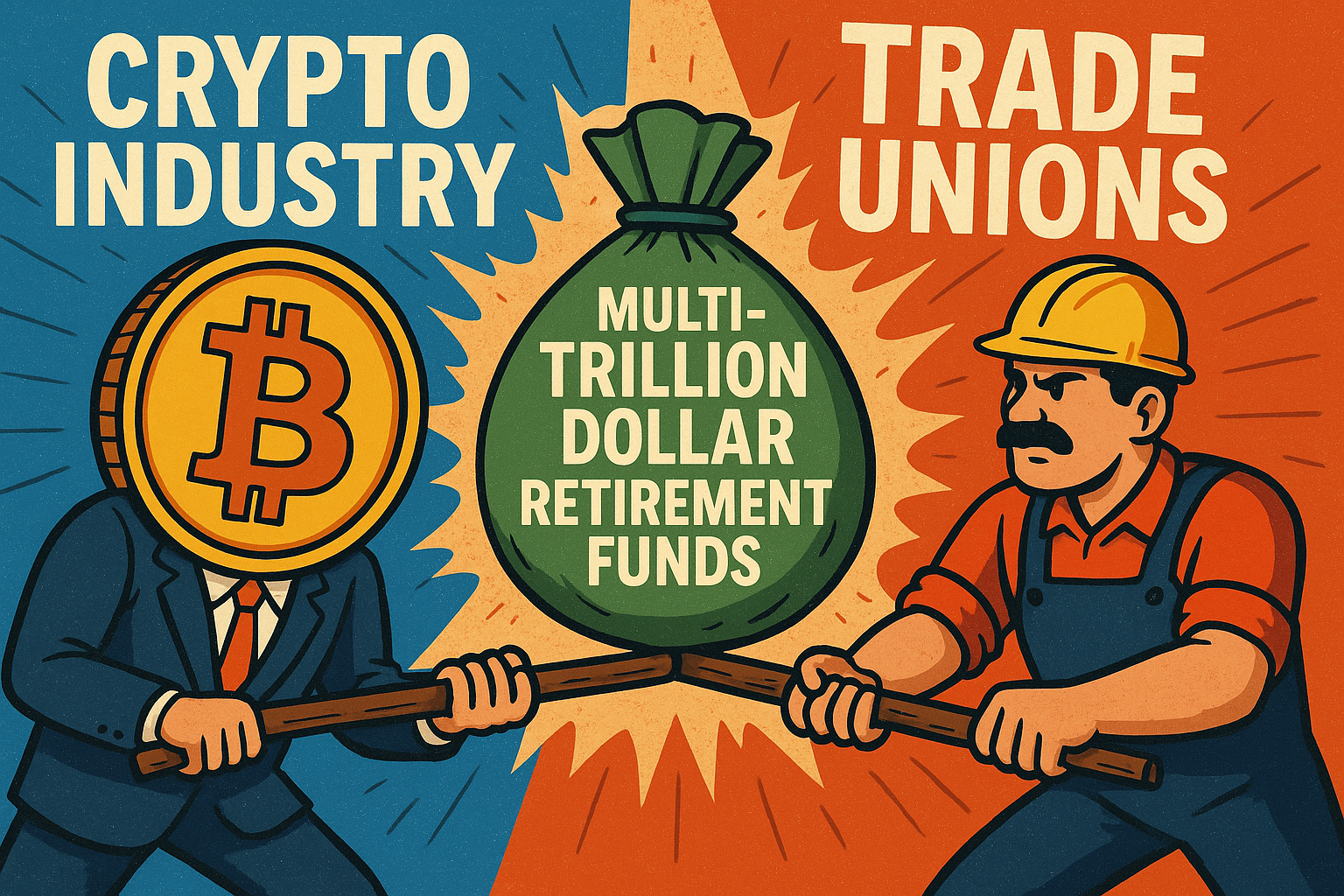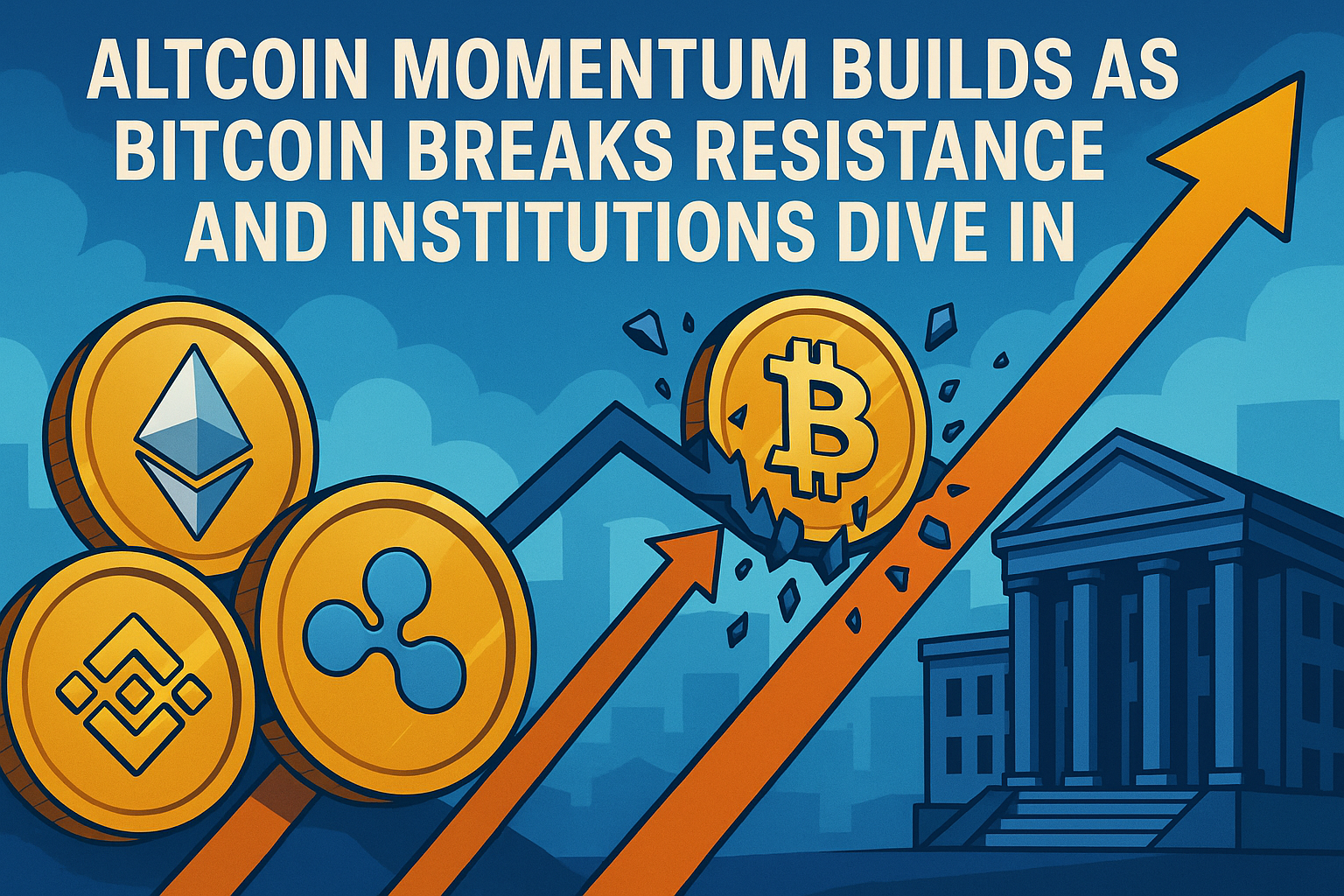Table of Contents
Early Thursday morning, Tether, the dominant stablecoin in the cryptocurrency market, experienced an unexpected deviation from its traditional $1 peg. This development unfolded against the backdrop of a more extensive sell-off across the cryptocurrency sector.
What is Tether?
Tether is a digital currency tied to the US dollar and is intended to maintain a 1:1 value ratio with the dollar, serving as a stable digital asset amidst the inherent volatility of the cryptocurrency market. However, this stability was put to the test as the value of Tether temporarily fell to $0.996, marking its lowest point this year (according to data from Kaiko Research).
This dip in Tether's value, though seemingly minor, is a notable event. Stablecoins like Tether are designed to offer cryptocurrency traders and investors a safe haven during market turbulence. The slight deviation from the $1 mark underscores the pressure exerted by the broader market downturn.
After the initial dip, Tether has since made a modest recovery. However, as per the most recent data from CoinMarketCap, it still sits marginally below its intended $1 peg. This continues to raise questions about the stability of the 'stablecoin' amidst a volatile market landscape.
The Wider Crypto Market
In tandem with Tether's struggles, the wider cryptocurrency market has also been grappling with significant price declines. Bitcoin, the most prominent digital currency, has seen its price fall by over 4% in the last 24 hours. This downward movement has brought it just under the $25,000 threshold, a worrying sign for many investors who have grown accustomed to its high valuation.
ETH, the native cryptocurrency of the Ethereum network and the second-largest by market capitalization, has also been affected. It suffered a price drop of about 6%, with its trading price hovering around $1,640 according to data from CoinMarketCap.
This broader market downturn, coupled with Tether's unprecedented dip, has sparked renewed debates about the stability and future of the digital asset market. As these events unfold, market participants, from casual investors to financial institutions, are keenly observing how these digital assets will weather the storm.






